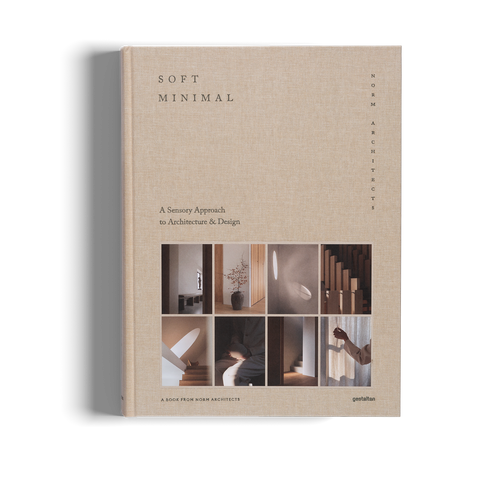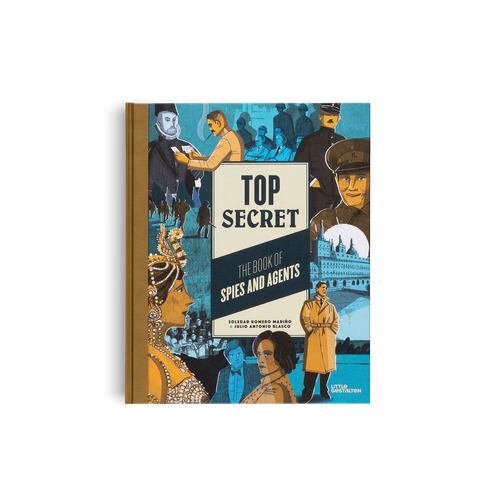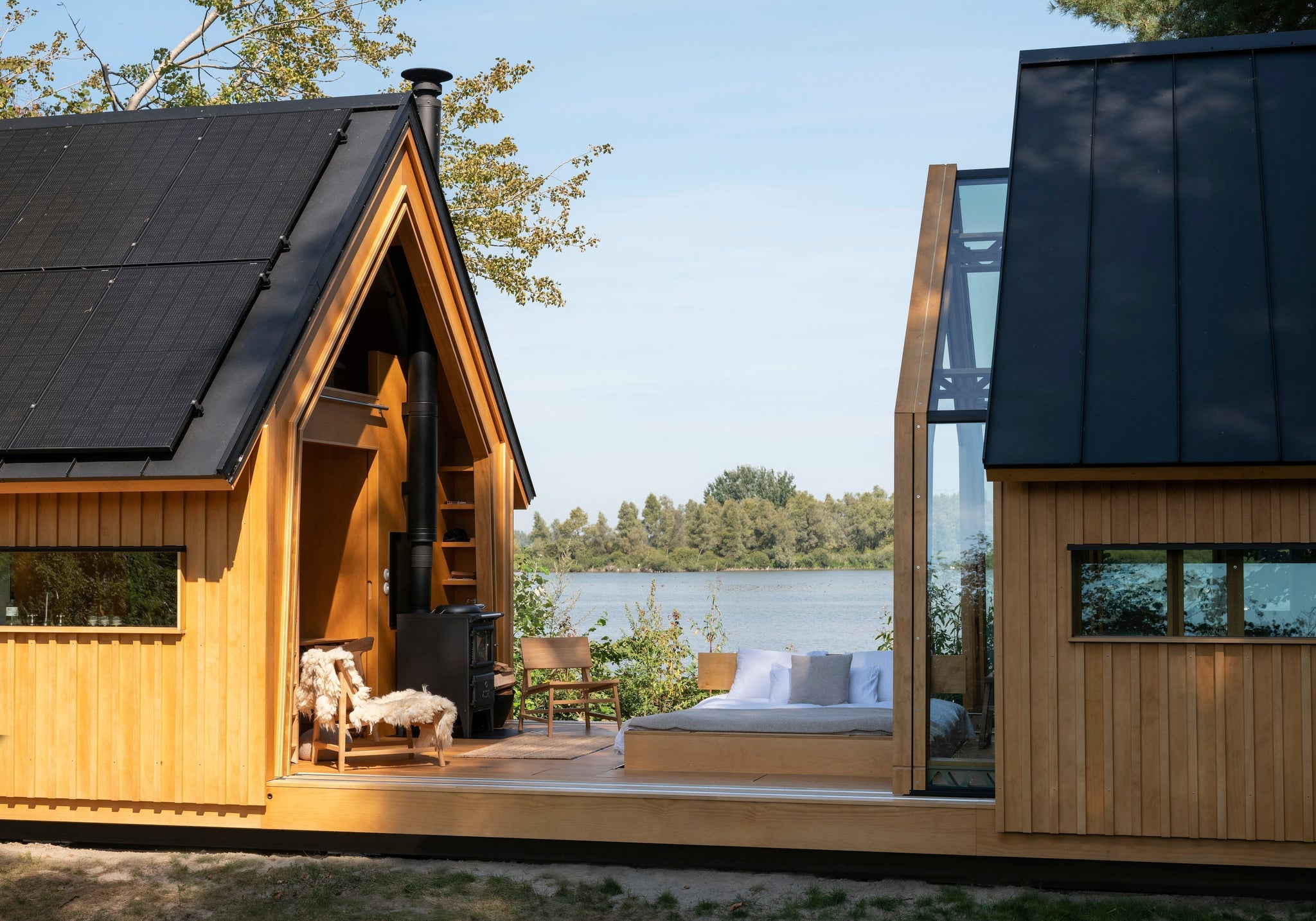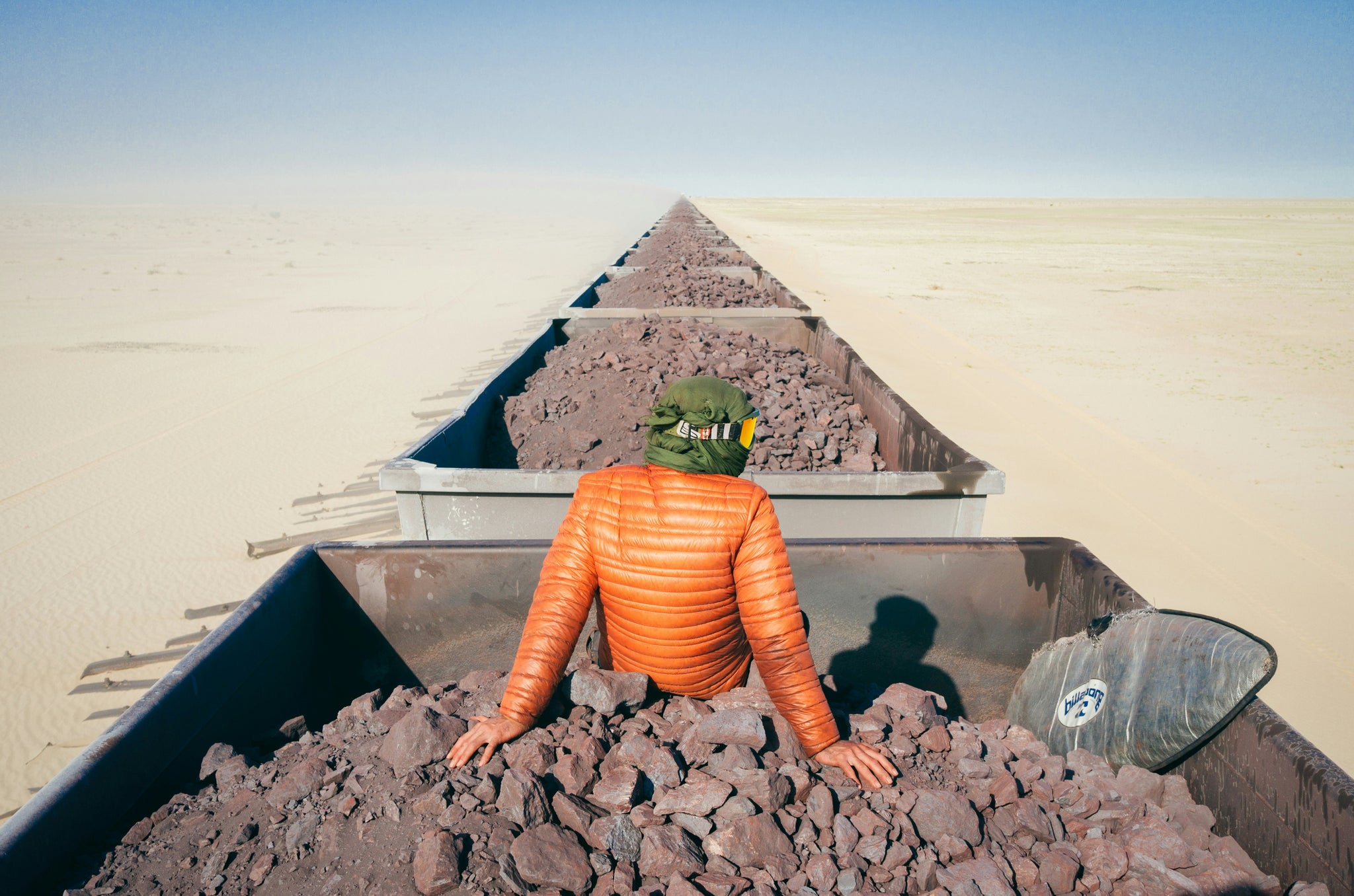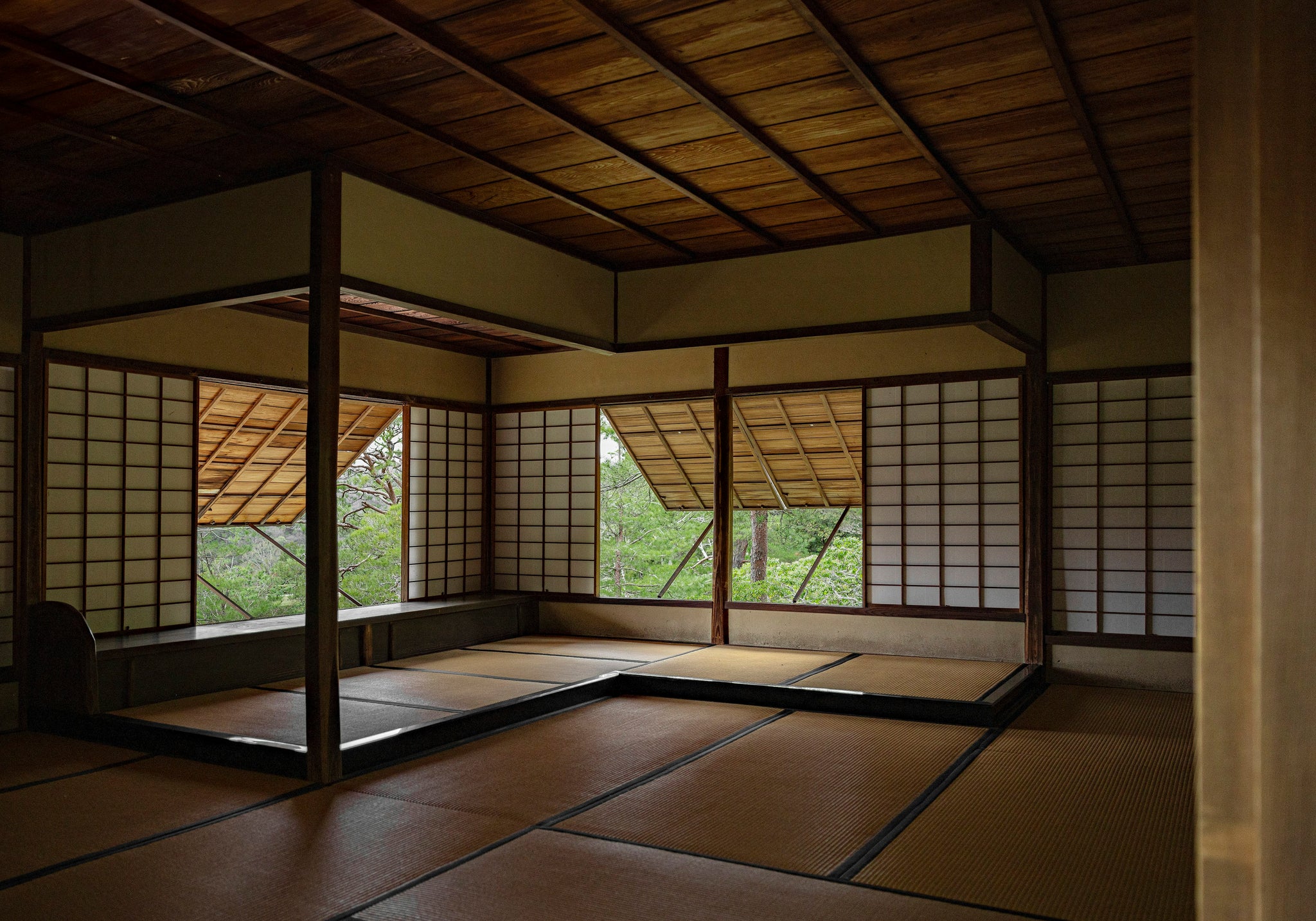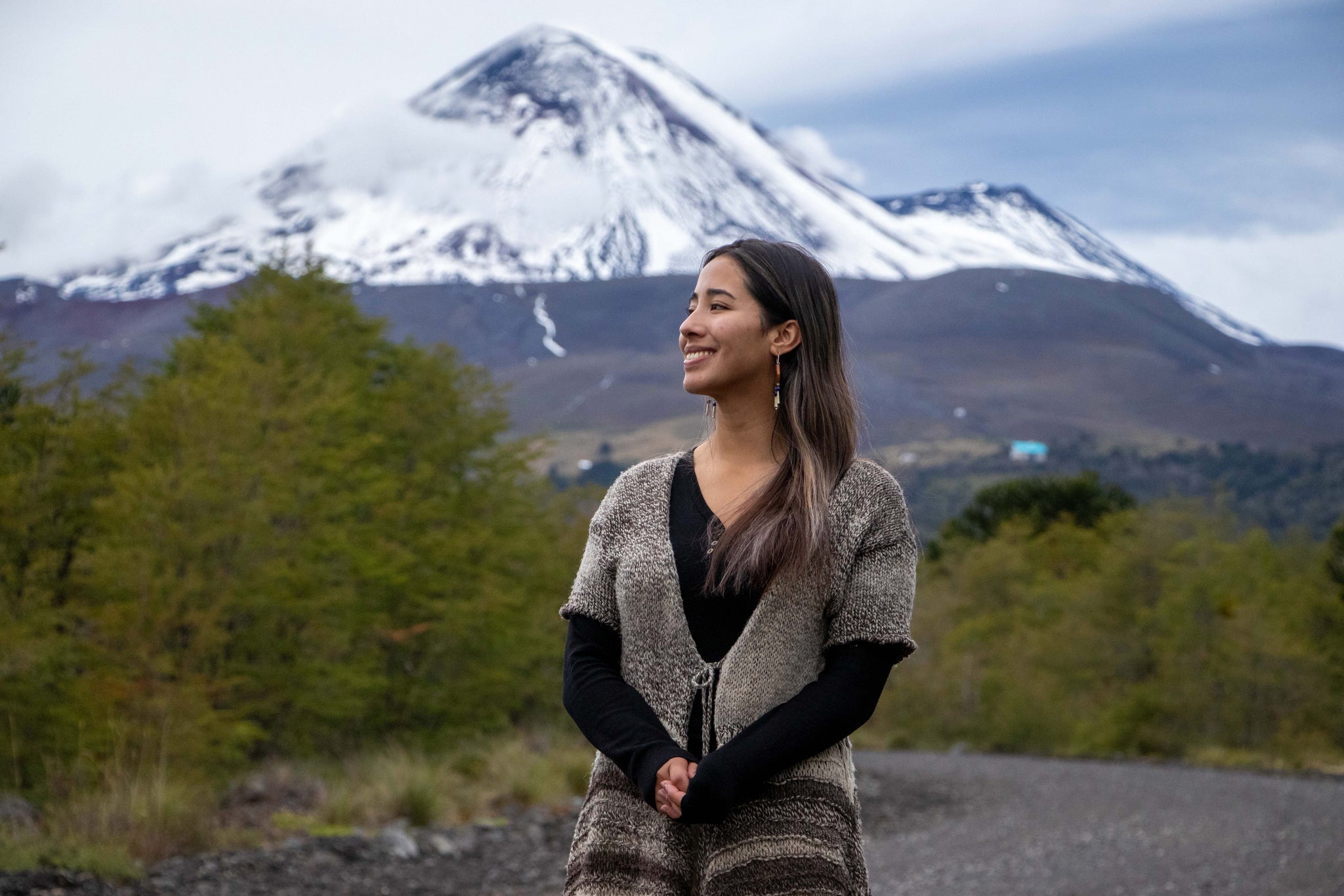
09/2020 architecture & interior
A residential neighborhood to the south of Mexico City, Coyoacán is known for narrow, leafy streets lined with low-rise dwellings painted in colors of Mexico’s pre-Columbian past: brick red, burnt orange, and cobalt blue. The area has a distinctly laid-back vibe and a clutch of cultural highlights that include Casa Azul—the blue house once inhabited by Frida Kahlo and Diego Rivera—and several handsome colonial-era residences. A local construction code restricts building height to two stories, and so the neighborhood has been spared the crude gentrification seen in other parts of the city. Today it is considered a historical center. The place feels like a time capsule of the Mexican lifestyle and tradition. It is fitting that sculptor Pedro Reyes and his wife Carla Fernández, a fashion designer, settled on this area for the location of their home and their work studios. Both are strongly committed to preserving and advancing native cultural traditions, crafts, and arts.

Pedro Reyes and Carla Fernández's Brutalist masterpiece in Mexico City is centered around a towering library, which they say is both for work and leisure. Their home is their laboratory, with spaces within for the pair to craft their work and construct. (Photo: Marina Denisova, Living In)
The Reyes-Fernández residence and studios lie close to each other, either side of an open-air courtyard that is shared by family members and the community alike. An architect as well as a sculptor, Reyes designed both buildings. The family home is a sleek Brutalist affair built almost entirely from rough-cast concrete. On the exterior, large deep-set, plate-glass windows overlook wide balcony spaces. Inside, the rooms are fashioned from shuttered concrete, stone brickwork, crazy paving, and volcanic rock to yield surfaces of varying textures in a subtle range of warm gray tones. Occasionally you might stumble on a plane rendered in a bold primary color—yellow or magenta, for example—the interiors are monochromatic. At the heart of the house, a vast double-height living room is lined wall-to-wall and floor-to-ceiling with books thousands of them—which Reyes lends out locally via an Instagram managed library service, called Tlacuilo Biblioteca.
Built a few years later, the studio is constructed from prefabricated panels that curve inward at the top and bottom, and which Reyes designed specifically for the site. Their intention was for the building to appear sculptural as if sitting on the ground rather than rising from foundations within it. “I’m interested in the curve on the bottom of the facade where it reaches the ground, as it gives the whole building an object-like quality,” he says. Inside lies an impressive double-height stone workshop, complete with a pulley-type crane for heavy-duty lifting. The studio building also houses a wood workshop, plaster workshop, drawing room, computer room, kitchen, dining room, and storage space. To maximize the natural light—essential for on-site activities, most of which are done by hand—Reyes incorporated skylights in prefabricated ceiling panels. Much like the family residence, part of the building walls has the warmth of the volcanic stone and the texture of shuttered concrete. Parallels have been made between Reyes’ designs and those of mid-century Mexican architect Luis Barragán.

Among the furnishings in the house are pieces designed by Reyes, including the Mano-Sillas II chair with articulating fingers. Carla Fernández sits in a space oblivious of time and where the light gracefully enters the interiors. (Photo: Marina Denisova, Living In)
For Reyes, Barragán’s work was influential in looking to the traditional Mexican stone or mudbrick hacienda as an alternative to the steel-and-glass structures of Modernism. He admires Barragán’s call for architecture to have genius loci. He says, “I believe that the part that is present of Barragán in this house is not so much color, but lava stone, which is something that Barragán drew attention to, the importance of geology and sourcing local stone.”
Reyes’ fascination with volcanic rock runs deeper still and brings us back to his choice of Coyoacán for his home. In Aztec times, this neighborhood was pretty rural—coyoacán translates as “the place of the coyotes”— and it was from around these parts that Aztec sculptors once quarried volcanic rock to make their immense stone carvings, which they then delivered to their capital Tenochtitlan on rafts. Through working with stone himself by incorporating the local rock in his interiors, and in his and Fernández’s dedication to nurturing homegrown talent, the couple is helping to keep the traditional Mexican spirit of this neighborhood alive and evolving.
Written by Lucy Baluteig for Living In, a collaboration between Openhouse magazine and gestalten. Find out more about the book and residential masterpieces here.

